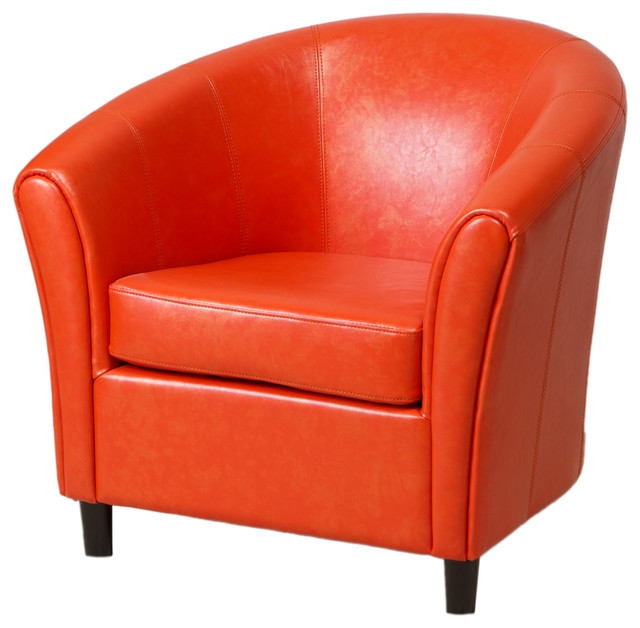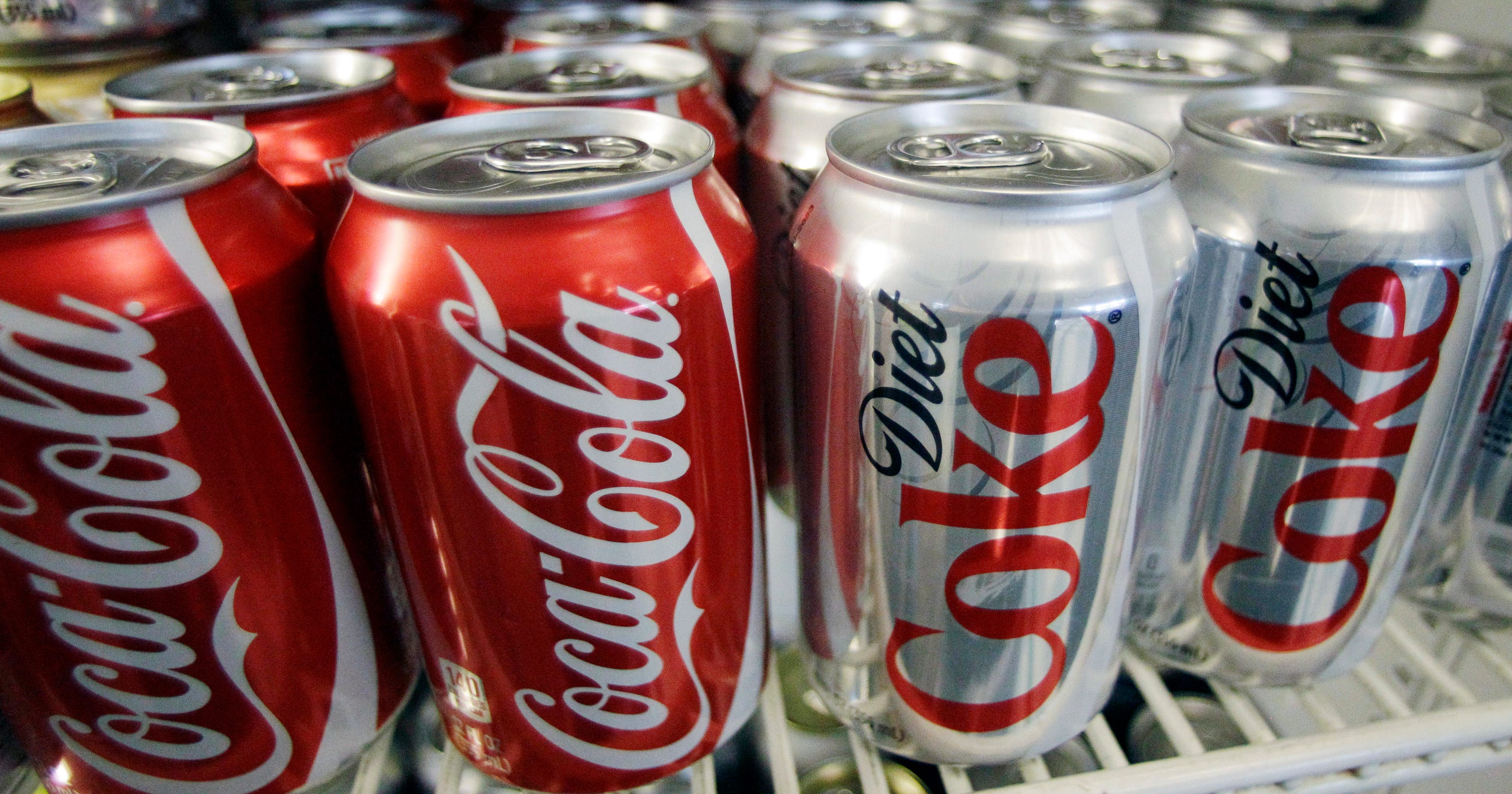A circle has no beginning and no end , and all the points on its path must meet to complete it ! The recycling loop is much the same . In order for all of its points to meet , people need to recycle , as well as buy recycled things . Just reducing , reusing and recycling is not enough . After a product is recycled , people must choose to buy it over products that are not .

In good shape !
When people buy recycled items they make a huge contribution not just to the planet but also to other human beings . Water , land , minerals and forests are the earth 's limited natural resources . Some of our resources like oil and coal once used , can never be replaced again . Each time a products such as a furniture , paper and glass bottles is made , natural resources are used up . Buying recycled products means saving resources earned ! The waste that is created when things are made from scratch goes into the ground , water supply , air or landfills . For every fifteen thousand tonnes of waste that is sent to landfills only one job is created for people . However , when that waste is recycled , it gives a chance to nine people to earn a living .
 Affordable and available
Affordable and available
Many people believe that recycled products are more expensive . That might have been true some years ago , but today , recycled products are affordable and easily available . In fact , most cereal boxes are made from 100 % recycled paper ; they are grey in colour on the inside . Whether people can tell or not , hundreds of things in their homes , schools and at work are made from recycled materials . Some of the things you would never expect to see recycled into air : fleece jackets from plastic bottles ; mouse mat from rubber tyres , pencil from plastic cups and even teddy bears from 100 % recycled knitwear .


In good shape !
When people buy recycled items they make a huge contribution not just to the planet but also to other human beings . Water , land , minerals and forests are the earth 's limited natural resources . Some of our resources like oil and coal once used , can never be replaced again . Each time a products such as a furniture , paper and glass bottles is made , natural resources are used up . Buying recycled products means saving resources earned ! The waste that is created when things are made from scratch goes into the ground , water supply , air or landfills . For every fifteen thousand tonnes of waste that is sent to landfills only one job is created for people . However , when that waste is recycled , it gives a chance to nine people to earn a living .

Many people believe that recycled products are more expensive . That might have been true some years ago , but today , recycled products are affordable and easily available . In fact , most cereal boxes are made from 100 % recycled paper ; they are grey in colour on the inside . Whether people can tell or not , hundreds of things in their homes , schools and at work are made from recycled materials . Some of the things you would never expect to see recycled into air : fleece jackets from plastic bottles ; mouse mat from rubber tyres , pencil from plastic cups and even teddy bears from 100 % recycled knitwear .








